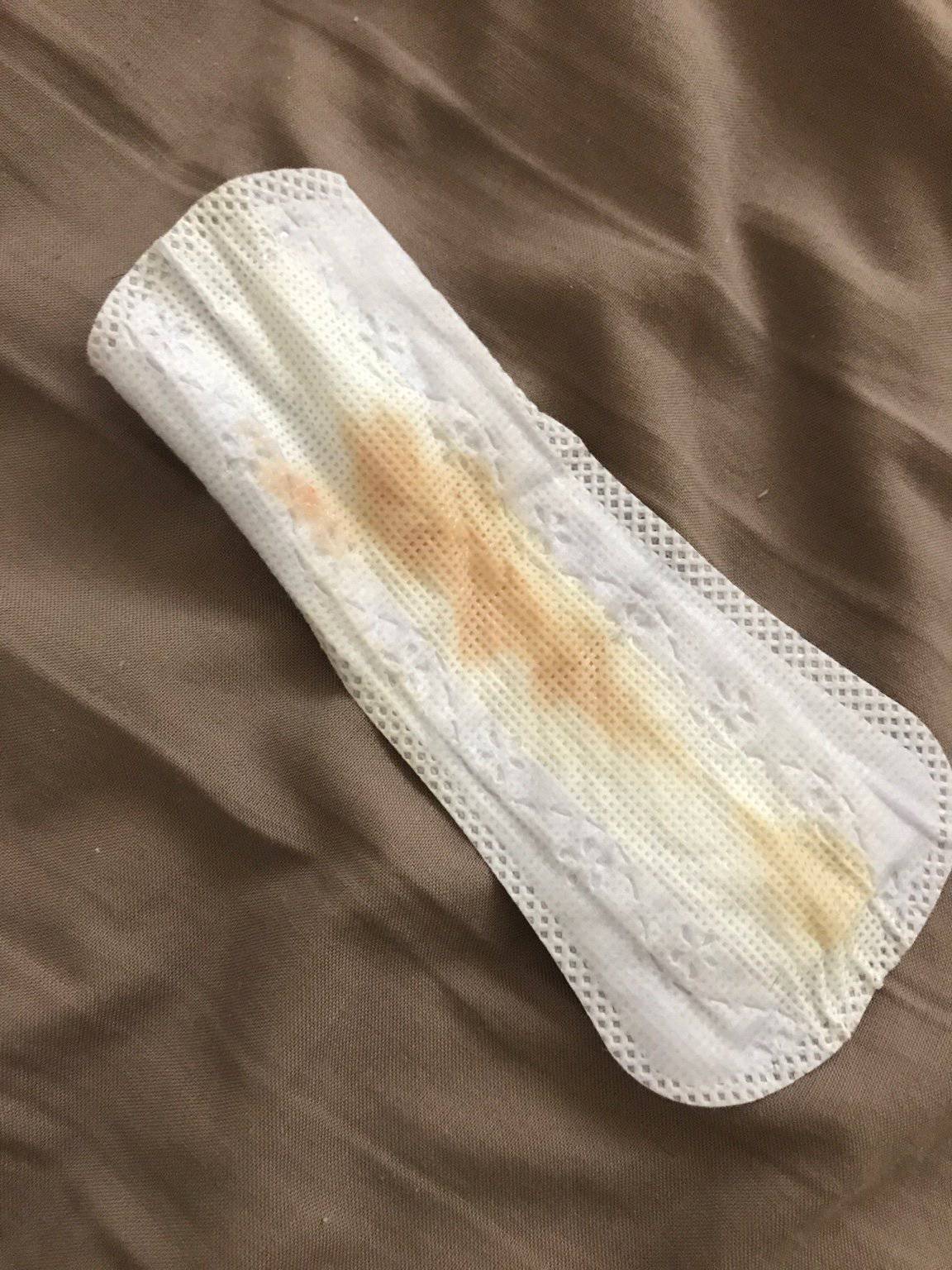Welcoming Your Little One: Understanding Meconium in Amniotic Fluid
Hello soon-to-be mamas and papas! Are you eagerly counting down the days until you can hold your precious bundle of joy? As you prepare for the arrival of your little one, it’s not just the nursery or the baby shower that demands your attention. It’s the well-being of your baby and the knowledge about potential birth scenarios that’s absolutely crucial. Today, let’s chat about one such occurrence: meconium in amniotic fluid. Don’t worry, we’re here to guide you through this topic with ease and positivity!
What Is Meconium and Why Is It Important?
First things first, let’s demystify meconium. It’s a fancy word, but it simply refers to your newborn’s first poop. Yep, that’s right! This substance is usually a thick, greenish-black tar-like matter that is completely sterile and consists of things your baby ingested while in the womb – like old skin cells, lanugo (that soft, fine hair), and substances from the amniotic fluid itself.
Normally, babies have their first bowel movement after birth, which is a good sign that their little digestive system is working as it should. However, sometimes babies pass meconium while still inside the womb and it mixes with the amniotic fluid. This can happen for various reasons, and understanding it can keep you prepped and primed for what the birth process may bring. So, let’s dive in!
When and Why Does Meconium Enter Amniotic Fluid?
Meconium is found in the amniotic fluid in up to 25% of births, usually those at full term or post-term. It’s often a sign that your baby is mature and ready for the outside world. But sometimes, it can be an indicator that your baby is under a bit of stress. Factors such as a long labor, or in rare cases, a health issue, can cause your baby to release meconium into the waters surrounding them.
Don’t hit the panic button yet! In many cases, meconium staining (the term used when meconium is present in the amniotic fluid) is just a normal part of the birthing process and doesn’t necessarily mean your baby is in any immediate danger. But it’s important for you and your healthcare provider to monitor the situation. This will ensure that your baby remains hale and hearty, from the moment they decide it’s time to say hello to the world.
What Does It Mean for Your Baby’s Health?
When you’re in labor and your waters break, if your healthcare practitioner notes a greenish or dark tint to the fluid on your pad, this could indicate the presence of meconium. Remember, not all meconium-stained amniotic fluid is a cause for concern. In most cases, babies born with meconium in the amniotic fluid are absolutely fine and face no additional risks.
However, there’s a small chance that if the meconium is inhaled into the baby’s lungs, it could lead to a condition known as Meconium Aspiration Syndrome (MAS). This can cause breathing issues that need to be addressed immediately after birth. Healthcare providers are trained to manage this condition and will be vigilant in spotting and treating any signs of distress in your newborn.
Stay tuned as we continue to unravel the ins and outs of meconium in the amniotic fluid. We’ll talk more about how it’s managed during labor and delivery, what precautions can be taken, and how healthcare professionals ensure the safety and well-being of your baby during this exciting but complex journey called childbirth.
Embrace each moment of your pregnancy journey with knowledge and confidence! Keep smiling and know that understanding more about meconium in amniotic fluid is just another step in becoming the super parent that you are destined to be! Stay happy, informed, and look forward to meeting your sweetheart soon.

Crucial Insights on Meconium in Amniotic Fluid for Expectant Parents
Hey there, cheerful moms and dads-to-be! Your little one’s arrival is just around the corner, and while you’re busy with the final touches on the nursery, it’s essential to empower yourselves with knowledge. One topic that may pop up is meconium in the amniotic fluid. It sounds a bit serious, but fret not! We’re here to serve you a hefty slice of information with a side of sunny reassurance.
Understanding Meconium and Its Role in Birth
Beginning at the beginning: meconium. It’s your baby’s first fecal matter, typically held until after they’ve made their grand entrance. Comprised of ingested materials, such as skin cells, and amniotic fluid components, meconium is usually harmless. However, it’s vital to know when and what it means if it shows up before your baby does.
Discovering Meconium: Timings and Triggers
While the presence of meconium in the amniotic fluid is noted in about a quarter of deliveries, primarily at or beyond term, it’s the why that parents should focus on. Stress on the baby is one cause, but it’s not always a red flag. The key is the context, and that’s where your stellar medical team comes in.
Interpreting the Impact of Meconium on Your Baby’s Well-being
If the amniotic fluid appears greenish upon your waters breaking, it suggests meconium presence. Take a deep breath, because this often doesn’t pose a danger. The risk of Meconium Aspiration Syndrome (MAS) remains relatively low, and healthcare providers are ace at promptly addressing any breathing complications.
Navigating Meconium Discovery During Childbirth
As the narrative of your child’s entry to the world unfolds, your medical team will keep a close eye on the role of meconium. Professional vigilance and rapid response ensure the delivery room remains a zone of safety for your baby, even with meconium in the mix.
Prepping for Meconium: Five Things Every Parent Should Know
Now, for some concentrated wisdom — the top things to pack in your parental toolkit concerning meconium in amniotic fluid:
- Meconium isn’t always a crisis signal: Although it’s associated with newborn stress, many babies with meconium-stained amniotic fluid are born perfectly healthy.
- Observation is key: Your healthcare team will monitor your baby’s heart rate and other vitals closely, especially in the presence of meconium.
- Birth position matters: Certain positions and techniques during labor can minimize the risk of meconium inhalation. Speak with your healthcare provider about this.
- Be prepared for intervention: In the event that meconium is found, the medical staff might take extra steps, like suctioning the baby’s mouth and nose, to prevent MAS.
- Post-birth care: Babies who have inhaled meconium may require a brief stay in a special care nursery to ensure their lungs are clear and functioning well.
As your date draws near, envelop yourselves in joyful anticipation but also in valuable insights like these. Knowledge is power, especially when it comes to welcoming your little one into this big, bright world.
Stay equipped, stay excited, and stay on the sunny side of parenting prep. You’re not just expecting a baby; you’re expecting wonders, and you’re going to be incredible at it. Let the countdown to cuddles and coos continue, with the peace of mind that you’re ready for the meconium aspect, too!
See more great Things to Do with Kids in New Zealand here. For more information see here
Disclaimer
The articles available via our website provide general information only and we strongly urge readers to exercise caution and conduct their own thorough research and fact-checking. The information presented should not be taken as absolute truth, and, to the maximum extent permitted by law, we will not be held liable for any inaccuracies or errors in the content. It is essential for individuals to independently verify and validate the information before making any decisions or taking any actions based on the articles.




